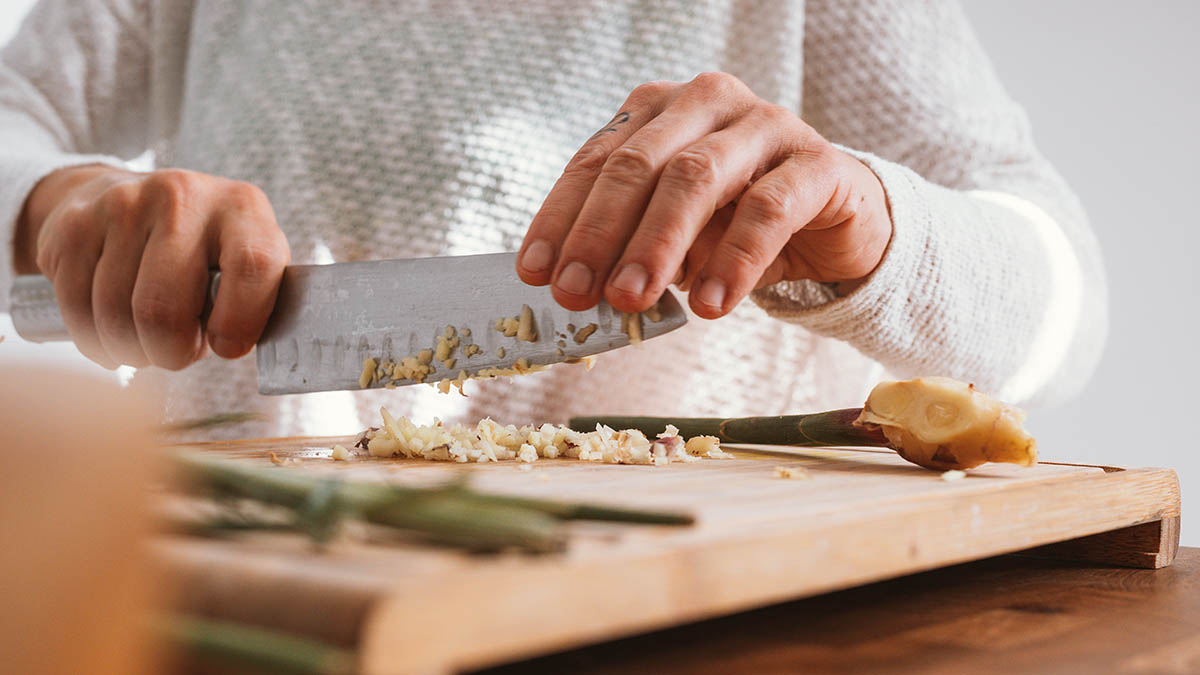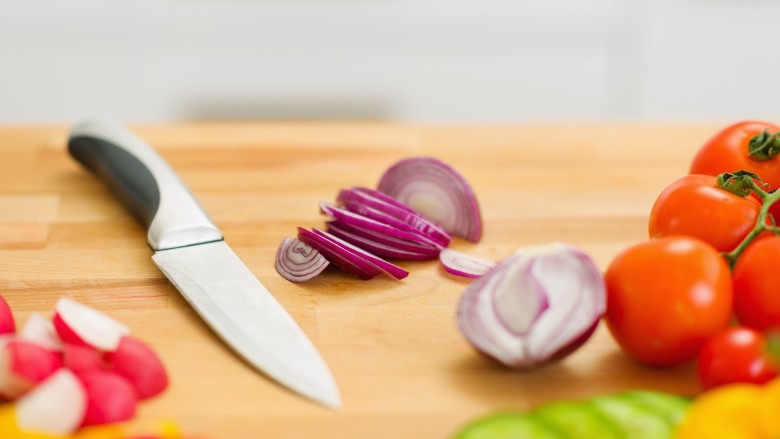When it comes to choosing the right material for your cutting board, many factors come into play. As kitchen professionals know, the material you select can significantly impact functionality, durability, and even food safety. So, what wood is the best for cutting board? In this article, we will delve into various types of wood to help you make an informed decision.

The Importance of Selecting the Right Wood
The cutting board is a fundamental kitchen tool. The right board can make meal prep easier and safer. However, choosing the best wood is where it all begins. A cutting board made from the right type of wood will last longer and provide a better surface for cutting. Hardwood, for instance, is commonly used for its density and longevity.
Factors That Affect Wood Choice
Several factors can influence your decision when selecting wood for a cutting board. These include:
- Durability: Hardwoods like maple and walnut are known for their superior durability.
- Grain Structure: The grain of the wood affects how knife-friendly the surface is.
- Porosity: Less porous woods absorb less moisture, making them more hygienic.
- Maintenance: Some woods require more care and maintenance than others.

How Maintenance Impacts Wood Choice
It’s essential to understand the maintenance needs of the wood you choose. A wood cutting board needs regular oiling and care to remain effective and hygienic. Woods like maple and walnut require consistent conditioning to stay in top shape. You can learn more about the proper maintenance routines from reliable sources.
Top Wood Types for Cutting Boards
Here are some of the best types of wood for cutting boards:
1. Maple
Maple is highly regarded for its hardness and fine grain. It is a popular choice among many kitchen professionals. Its closed-grain structure makes it less likely to harbor bacteria.
2. Walnut
Walnut is a luxurious option known for its dark color and beautiful grain. It’s slightly softer than maple but still highly durable. It requires regular oiling to maintain its luster.
3. Cherry
Cherry wood offers a softer surface, which some chefs prefer for more delicate tasks. It has a rich color that darkens with age and needs regular conditioning.
4. Bamboo
Bamboo is often marketed as an eco-friendly alternative. While technically a grass, it’s grouped with woods for its utility in cutting boards. It’s hard and durable but can be tough on knives.
Why End Grain is Popular
End-grain cutting boards are made by arranging the wood so that the end of the grain is facing up. This structure provides a self-healing surface thats gentler on knives. Woods like maple and walnut are commonly used for end grain boards.

Cost Considerations
The best types of wood often come with a higher price tag. However, investing in a high-quality cutting board can save you money in the long run by reducing wear on your knives and lasting longer.
Environmental Impact
While not always apparent, the environmental impact of your wood choice is an important factor. Woods like bamboo are more sustainable, making them a terrific option for eco-conscious consumers.
1. Cutting Techniques
The way you cut can affect your board’s longevity. Use proper techniques to reduce wear and tear. Keeping your board maintained also helps it stay in great shape.
2. Storage
Store your cutting board in a dry area to prevent any warping or cracking. Avoid placing it in direct sunlight.
3. Proper Cleaning
Clean your wooden cutting board with mild soap and water. Avoid submerging them in water to maintain their quality. For further cleaning tips, visit Bon Appetit.
Conclusion
Choosing the right wood for your cutting board can make a tremendous difference in your kitchens efficiency and safety. Whether you opt for maple, walnut, cherry, or bamboo, understanding the properties of each will help you make an informed choice.
For more tips on maintaining and enjoying your cutting board, check out Treat a Wood Cutting Board or Cook Chicken Shish Kabobs.
FAQ
1. What wood is the safest for cutting boards?
Maple and walnut are considered safe options due to their closed-grain structure, which helps prevent bacteria buildup.
2. How often should I oil my wooden cutting board?
It is recommended to oil your cutting board every 1-2 weeks to maintain its condition and prevent cracking.
3. Can I use the same cutting board for meat and vegetables?
It’s best to use separate cutting boards for meat and vegetables to avoid cross-contamination.
As an Amazon Associate, I earn from qualifying purchases.


